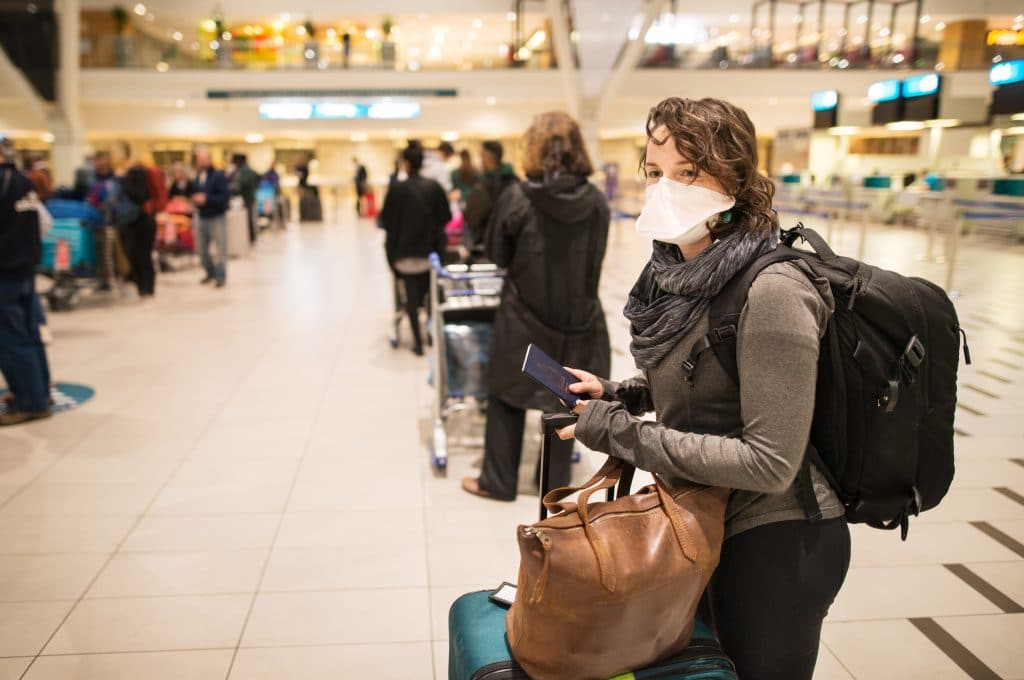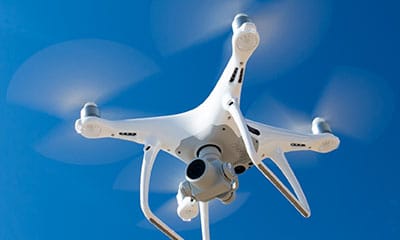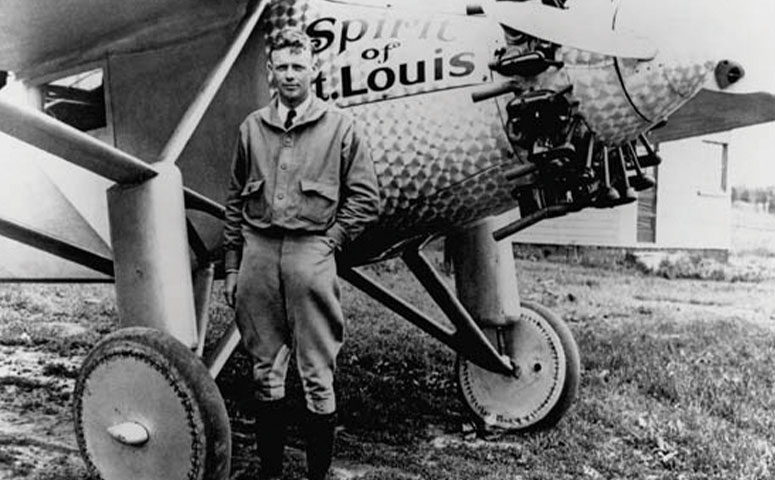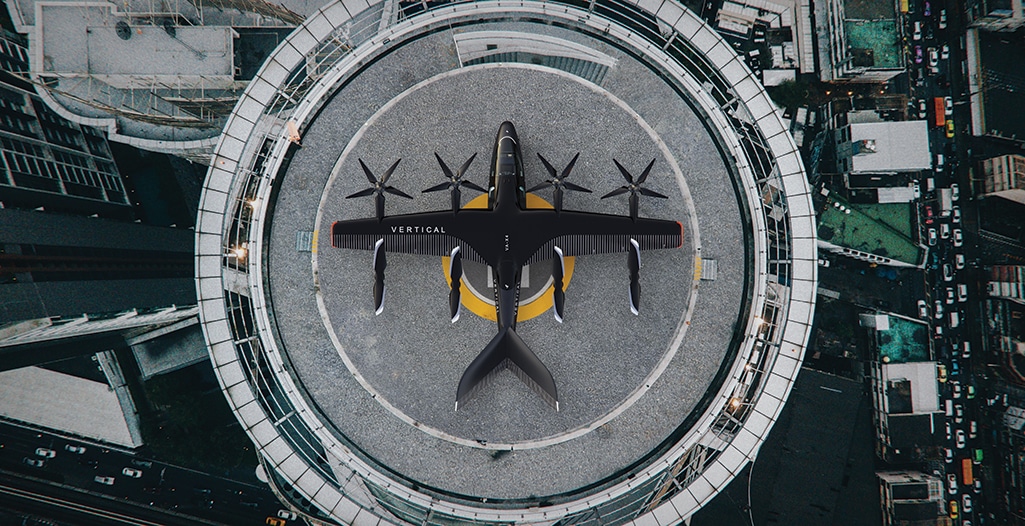Challenges Facing Airports as They Ramp Up Post-COVID
When the COVID-19 pandemic hit and air travel declined sharply, airport operations changed abruptly. Rather than the normal focus on getting aircraft in safely, serviced and off on the next leg of their journey, airport service companies faced different challenges related to how to manage the large number of parked planes.
Now, as travel restrictions are lifted and people’s concerns about flying slowly begin to ease, airport managers are wrestling with how best to restore aviation operations and bring aircraft back into service.

Coping With a Non-Linear Return to Normal Operations
Trehane Oliver is managing director at McLarens Aviation, a UK-based provider of claims services to the global aviation industry with offices in 21 countries. As a leading aviation adjuster, the company has unique insight into the issues that have impacted airports during the pandemic and now as they ramp up operations.
As Oliver overlooks the main runway at Heathrow Airport in London, he notes that the return to normal operations is underway, but that it’s progressing slowly. “There is significant volatility and unpredictability around restarting or ramping up airport operations,” he says. “This is primarily because there is no common definition looking forward as far as how different countries will handle this complicated situation.”
Aviation stakeholders must be prepared for a process that isn’t linear, but rather that takes place in “fits and starts,” he cautions, and in sync with how the pandemic is affecting different countries. For example, Australia is at a different place on the “COVID curve” than countries that were affected earlier in the pandemic, and is now feeling the effects more acutely. One significant consequence of lockdowns and travel restrictions that arise on fairly short notice in different regions is that route planning and traffic prediction is much more difficult now.
Determining Aviation Staffing Requirements
As operations around the world slowed, many aviation organizations furloughed or laid off employees. Now, as flight volumes slowly increase, those organizations are having to determine the right way to bring workers back on. “Airlines and airports are trying to predict how the number of flights will grow, and where the volume will be in a month’s time, two months’ time and so on.” says Oliver. “It’s tricky business, given the way the virus seems to ebb and flow.”
In addition to overall numbers, there are other personnel matters that have to be addressed. One of these is training. Workers must receive instruction on new COVID-related safety procedures, from how to interact with customers and coworkers to how to efficiently and effectively clean and disinfect equipment. Plus, it’s likely that some of the people who were furloughed will not return. As a result, organizations will have to hire and train new employees.
“Adding to the difficulty of reactivating the aviation workforce is the fact that most airports today have a large number of aircraft parked in a limited amount of space. So, you are potentially training people and returning staff with little recent experience into a relatively crowded environment where the risk of incidents is significantly increased,” Oliver says.
There are financial considerations with increasing headcount as well. Aviation companies want to resume operations with a large enough workforce to meet demand. However, if a higher payroll isn’t supported by higher revenue, that is a problem. Keeping staffing numbers just ahead of flight volumes will be a balancing act.
“Then, of course, there is another set of challenges related to bringing dormant aircraft, equipment and infrastructure back online, as we begin to recognize the implications of long-term stowage,” Oliver notes. “For example, recently an airworthiness directive was issued regarding a check valve in particular type of engine that can be affected by corrosion that develops after a period of storage and disuse. This highlights the reality that complex assets will have to be carefully restarted and properly tested before they can be returned to service.”
In addition, when flight volumes plummeted, so did the number of hours pilots were spending in the cockpit. How to ensure that flight crews are sharp when they resume flying is something that airlines and operators will have to look at. “Already there is data from IATA regarding a recent and dramatic increase in unstable approaches, which can lead to high-impact events and runway excursions. While there may be multiple factors involved in this increase, skills decay is a potential suspect.”
Fleet Planning and Weather Considerations
Coordinating the movements of an aircraft fleet is a complicated task in the best of conditions. With the pandemic grounding many aircraft in locations where they wouldn’t normally spend an extended time period, operations teams are having to be especially strategic regarding when and where assets are moved as the industry revives.
The weather factors into fleet planning, as well. Normally, airline managers try to coordinate aircraft movements so as to minimize the amount of time they spend in an area during its storm season. This year, as paused aviation operations resume, the task will have a higher degree of difficulty since there may be greater than normal accumulations of aircraft in high-risk locations.
COVID-19 and Aircraft Repairs and Salvage
Other businesses that are going through a ramp-up period as the pandemic wanes are repair and salvage organizations. The need for both declined as flight volumes dropped. However, as the industry returns to more normal operations, service providers will have to determine the best way to increase their work output while adhering to social distancing and other disease-prevention measures that are likely to remain for the foreseeable future.
“Currently, we’re seeing delays due to a number of causes,” says Oliver. “A slower supply chain and the impact on parts availability is an issue. However, there are also human factors like travel restrictions preventing OEM representatives from collaborating with service providers in person as they normally would. In addition, the cost of repair has increased as a result of higher airfreight expenses.”
With a lot of parked aircraft, the demand and therefore the price of aircraft salvage has dropped dramatically during the pandemic. This is most acute with some older types of aircraft that are not forecasted to return in any great numbers post recovery.
Other Airport Ramp-Up Challenges
In addition to the equipment and staffing difficulties airports are facing, there are other issues they will have to contend with, such as:
- Psychological impacts to team members such as sadness or depression over having lost a loved one, fear of contracting the virus, low morale due to uncertainty about the future, etc.
- Security problems related to things like equipment restarts, lost or out of date credentials and new protocols for employees
- The need to ensure rescue and firefighting capabilities are at optimal levels
- Environmental factors such as wildlife encroachment, poor runway conditions, etc.
Ultimately, however, airports can get back to full operating capacity in a safe and timely manner by having a full understanding of the challenges, developing a ramp-up plan to address them and, as much as possible, adhering to the plan even as conditions continue to evolve.




